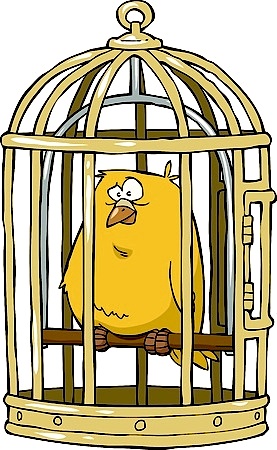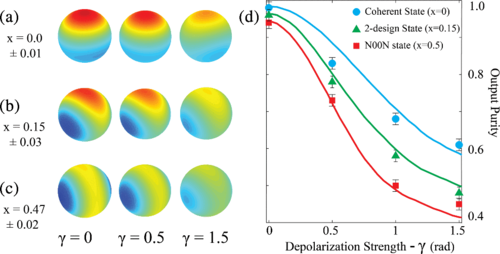
|
Measurement is the heart of physics. It’s how we learn about the world, and precise measurements provide the data upon which theories are built. But only after the discovery of quantum mechanics did we realize that measurement precision is fundamentally limited — that a measuring device cannot beat Heisenberg’s Uncertainty Principle. In fact, most measuring devices are even more limited. Achieving the Heisenberg precision limit requires preparing the device in a non-classical entangled state, which can serve as an ultra-sensitive “canary in a coal mine” to detect a tiny force. In this paper, we take this idea to the next level. We ask “What entangled state is most sensitive to several distinct forces, all at the same time?” We derive (using theory) and confirm (in an experiment) that the best choice is not the “N00N” state that’s known to be optimal for detecting a single force.
Our experiment passes two entangled photons (a biphoton) through the process of interest. Instead of the standard metrology problem (to measure a small rotation of the light’s polarization, around a known axis), we attempt to: (1) detect a small rotation around an unknown axis, and (2) characterize a noisy depolarization process. We find that N00N states are still best for detecting noise, but terrible for characterizing it. They can’t distinguish between two different kinds of noise. Finally, we found and constructed the best states for noise characterization, and showed that they form a mathematical object called a “2-design”.
|

